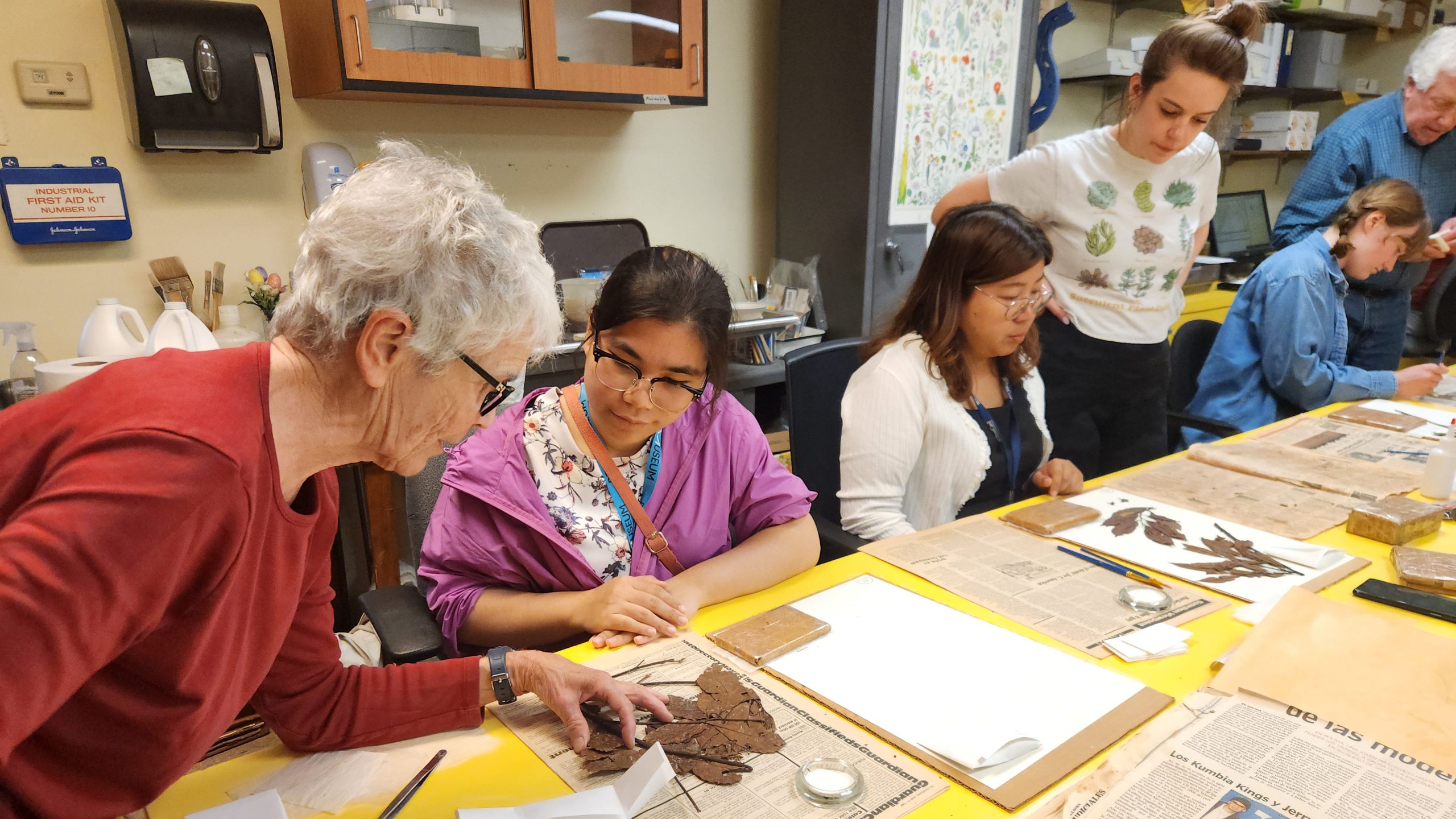Uniting for Botanical Preservation
A dedicated team of 35 experts and volunteers convened at the Penn Museum with the goal of safeguarding the rich botanical heritage of Southeast Asia. This collaborative effort, highlighted by their commitment and diverse expertise, represents a significant chapter in preserving precious flora.
The Year of Botany Initiative
During the spring and summer of 2024, the Penn Museum buzzed with activities as scholars, students, and volunteers engaged in a unique curation program known as the Year of Botany. This initiative was spearheaded by the Museum’s Ban Chiang Project, uniting a multi-continental team to curate three special collections from Thailand, which included archaeobotanical, ethnobotanical, and ethnographic collections.
These valuable collections trace their origins back to Ban Chiang, a village in Udon Thani Province, Thailand, where excavations conducted in the mid-1970s identified significant archaeological findings. Notably, Ban Chiang was designated a UNESCO World Heritage Site in 1992 due to its historical importance.
A Diverse Team of Experts
Building a team with the necessary expertise required meticulous effort. The project lead reached out to a global network cultivated over decades, which involved botanists, curators, local retirees, student volunteers, and individuals knowledgeable about traditional practices. Among them were two Philadelphia restaurateurs from Laos, who contributed invaluable firsthand insights into traditional weaving techniques.
Assembling this knowledgeable cohort was no simple task; housing and funding needs added to the complexity. Ultimately, the Year of Botany team included four primary experts from Thailand and Britain, supported by an additional 32 individuals, all working assiduously over a seven-month period.
The supporting cast comprised interns from Mahidol University in Bangkok, Philadelphia volunteers skilled in herbarium specimen mounting, individuals with social media expertise, and those left to manage visa processes for international participants. The collaboration was key to ensuring a seamless workflow.
Curation of Ethnobotanical Knowledge
Dr. Sasivimon Swangpol, a botanist from Mahidol University, played a pivotal role in identifying two Thai botanists with essential skills in plant taxonomy and ethnobotany. These experts were Dr. Prachaya Srisanga and Dr. Varangrat Nguanchoo, who undertook the enormous task of identifying and cataloging a staggering number of plant samples for the project.
The extensive effort involved the unwavering support of the Academy of Natural Sciences of Drexel University, where the specialized ethnobotanical collection found its home. The collaboration not only permitted the overall enhancement of the Academy’s Thai specimens but also ensured that indigenous knowledge informed the curation processes.
Technical and Traditional Weaving Skills
The reconstruction of traditional looms was another aspect of the initiative, where team members engaged in reassembling looms that had been purchased decades earlier. This effort highlighted not just the technical skills involved in weaving but also the rich textile history of the region.
With bilingual diagrams illustrating each loom’s components, participants learned the intricacies of traditional textile creation. One loom involved a matmii textile undergoing weaving processes influenced by natural dyeing, showcasing a cultural heritage that continues to thrive.
Understanding Archaeobotany
The archaeobotanical collections formed the backbone of this project, shedding light on the agricultural practices of ancient communities. Expertise in Southeast Asian archaeobotany is notably scarce, making this collaboration crucial. Dr. Cristina Castillo from University College London conducted flotation of soil samples, providing critical insights into ancient diets and food sources.
These findings offered a window into culinary practices from millennia past, preserving a significant part of Southeast Asia’s cultural legacy.
Reflecting on Collaborative Heritage
The Year of Botany initiative underlined the importance of collaborative efforts in preserving cultural and natural history. With contributions spanning continents, the project demonstrates how local knowledge can resonate on a global scale. By involving a harmonious blend of experts, students, and volunteers, this undertaking exemplifies a modern approach to conservation where multiple perspectives collide to protect and enhance our understanding of regional heritage.
The Impact on International Tourism
While much of the focus remains on the conservation aspect, the implications for international tourism cannot be understated. Areas like Ban Chiang, recognized for their historical significance, attract tourists eager to delve into local traditions and natural beauty. Authentic experiences that highlight the relationship between nature and culture resonate strongly with travelers seeking immersive adventures.
As cultural tourism continues to rise, initiatives like the Year of Botany serve to uplift locations known for their botanical riches, musical traditions, and artisanal crafts. Such attractions create avenues for visitors to engage with local flora, enhancing the overall experience and promoting sustainable tourism practices.
The preservation of botanical history becomes increasingly significant, connecting people with their environments while fostering greater appreciation for biodiversity. As the world looks toward sustainable tourism, this narrative of conservation sheds light on the potential for regions to thrive through responsible exploration.
Ultimately, the collaborative spirit encapsulated by the Year of Botany fosters hope for the future. As the narrative unfolds, the preservation of flora and cultural heritage signifies a commitment to safeguarding the bonds between nature and community. Those interested in exploring marine areas rich in heritage can consider the international marketplace for renting sailing boats and yachts at GetBoat.com for a diverse experience that meets every taste and budget, broadening horizons amidst nature’s beauty.

 Collaborative Botanical Conservation at Penn Museum">
Collaborative Botanical Conservation at Penn Museum">
